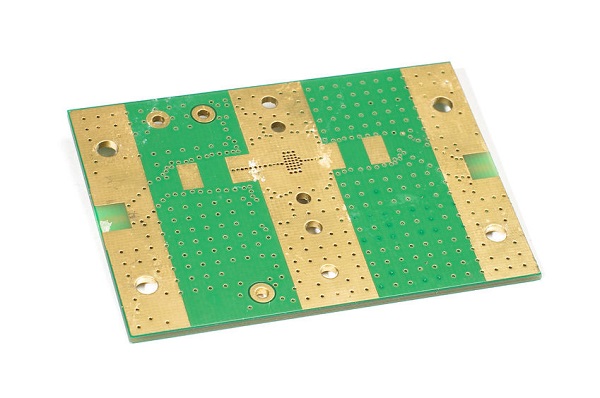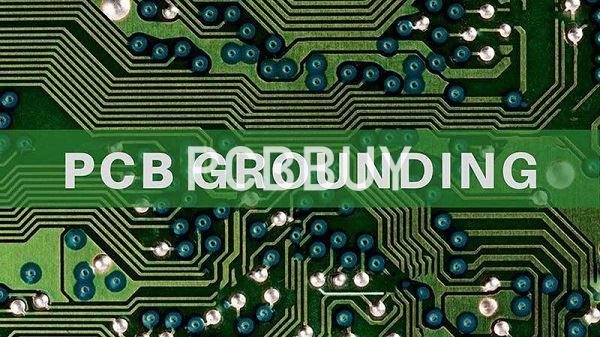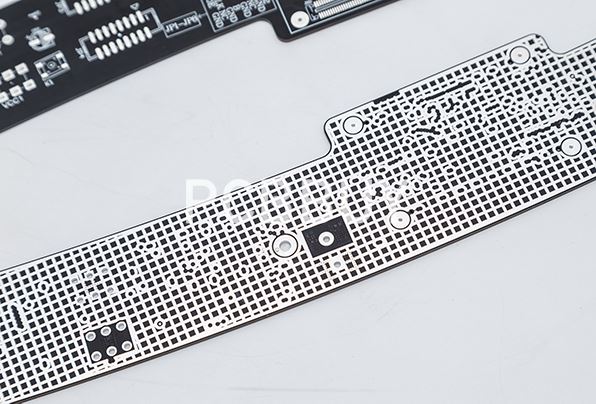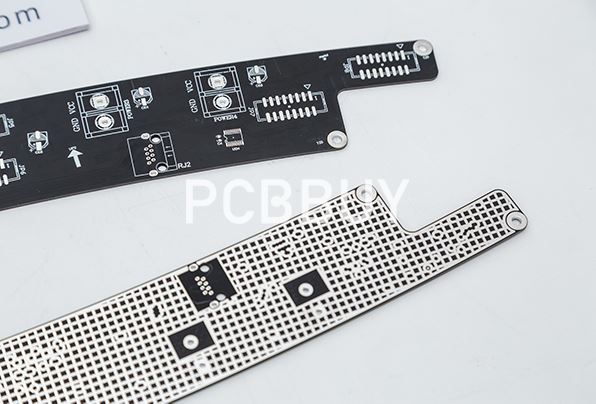Star Ground PCB Layout
By:PCBBUY 08/26/2021 10:44

In this article, we are going to look at how and why something like star grounding might be implemented, and how it relates back to a proper grounding strategy for mixed-signal boards. As it turns out, the simplest solution of using a uniform ground plane is the most elegant when implemented correctly.
If you are looking for the professional knowledge of star ground PCB layout, come and read the content we provide below to learn more information. Let’s check it!

Why we process star ground PCB layout?
Basic introduction of star ground PCB layout
The star ground literally points to ground connections shaped like a star. Ground connections from different modules are connected to a point in the center, just like a multi-pointed star. It is quite similar to a single-point ground connection, except that the common grounding point appears in the middle of the PCB.
In a star connection, the ground of various modules are kept apart from each other and only meet once at a single point. Despite this, all the modules or components share the same ground reference as the power supply.
Grounding electrical systems can be a complicated topic that stymies even the most experienced designers. For power distribution systems, the requirements tend to be rather clear; don't create multiple ground points separated by sufficient resistance to cause a ground loop. In mixed-signal PCBs, whether they run at low or high speed, establishing a clear potential reference point in the design (something that we like to call "ground") is as much about defining a single point for 0 V potential as it is about preventing electromagnetic interference (EMI) from passing between different circuit blocks.

So how do we implement the digital ground and analog ground regions in a mixed signal PCB quote? Many technical articles and webinars have been created about this topic, and it's easy to take some design guidelines out of context. In addition, some design guidelines on grounding in mixed-signal boards are simply outdated and can only be justified in slower/lower-frequency systems. Grounding in today's mixed signal PCBs needs to be discussed in the context of high speed digital signals and moderate-to-high frequency analog signals (low GHz frequencies and higher).
What are the features of star ground PCB layout?
The star ground configuration establishes a good alternative because all voltages refer to a single ground point. So, yes, the analog and digital grounds have a ground. One method for keeping digital currents away from the analog ground is placing the ground near its cleanest point at the power supplies. Usually, this point occurs in the power supply so that it does not introduce digital currents into the analog ground.
Even though star grounding provides a good solution, the concept of referring all voltages to a single ground point may become a problem with larger mixed-signal circuits and multilayer boards. Think for a moment about all conductors in a large circuit reaching back to one point in a ground network.
PCB design becomes more a challenge as the precise nature of establishing clean signal paths becomes muddled with signal interaction. Problems with impedance surface Adding more power supplies to an already cluttered design creates more chassis ground paths and more opportunities for large noisy power supply currents to flow into ground paths and corrupt signal.

How to process star ground PCB layout?
The star ground connection looks easy on paper, but it gets complicated when you’re designing it on a PCB. It’s not a matter of routing all the grounds together in an exact star-like symmetry. In actual practice, you’ll need some more thought and planning.
First of all, you’ll need to decide how many ‘branches’ of the star are needed in the design. This means you’ll need to separate the components according to their modules. For example, an audio device may have power, digital, analogs, and Bluetooth while an industrial datalogger has fewer modules.
You need to arrange the components by module, but keep space in the center for the common ground connection. The connecting point is often shaped as a polygon and it has to be able to handle the total amount of current flowing through the different modules.
Usually, components that belong to the same circuit have their ground connected together before routing it to the center of the star. However, there are some exceptions.
For example, if you’re using an audio IC, you’ll have both analog and digital pins on the same component. In such cases, the audio IC belongs to an analog and digital circuit, and the ground must be connected only at the center of the star.
You’ll want to pay attention to the return paths for interconnecting signal traces between different circuits. It’ll defeat the purpose of star grounding if current from a high-speed digital signal follows the path of least impedance into the analog ground.
Industry Category











